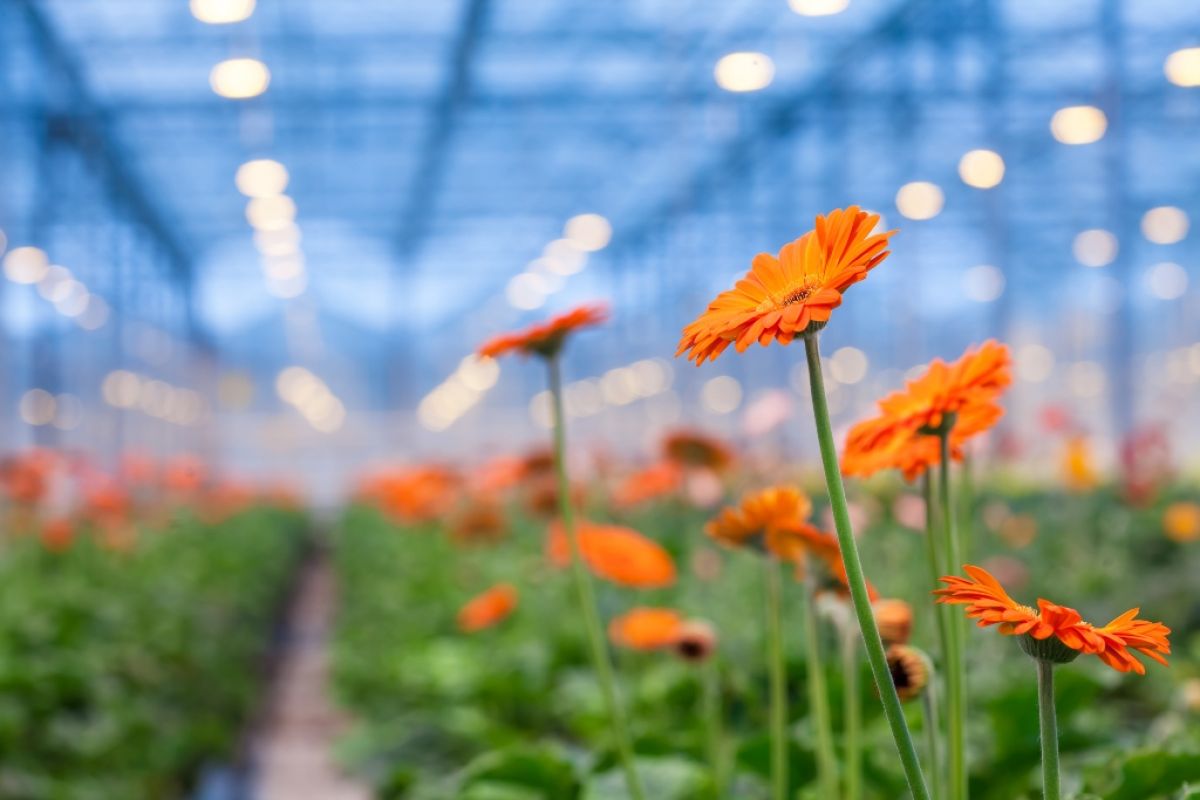Most of the cut flowers we buy are now grown outside the United States. During the 20th century, growers learned to grow flowers with taller, straighter stems; less blemishes; and, also, to force blooms out of season. For example, chrysanthemums and carnations can be easily grown year-round if given the right conditions in greenhouses; 16 hours of light and four hours of dark are required for many cut flowers to bloom year-round.
By the mid-1950s, the Dutch had even discovered how to manipulate tulips in order to get year-round boom. They learned how to provide a specific chill period.
By the mid-1980s, John Irwin had learned how to manipulate the height of stems when growing flowers. He also found he could grow hydrangea plants in pots, so they flowered on shorter stems than those found on shrubs. He manipulated growth by subtracting the nighttime temperatures from the daytime temperatures using a specific formula.
It also became possible to manipulate light and dark to force Easter lilies to bloom, since the date of Easter varies. Growers nowadays also know how to be sure flowers bloom for Valentine's Day by manipulating both temperature and humidity.
This is Moya Andrews, and today we focused on controlling growth.










